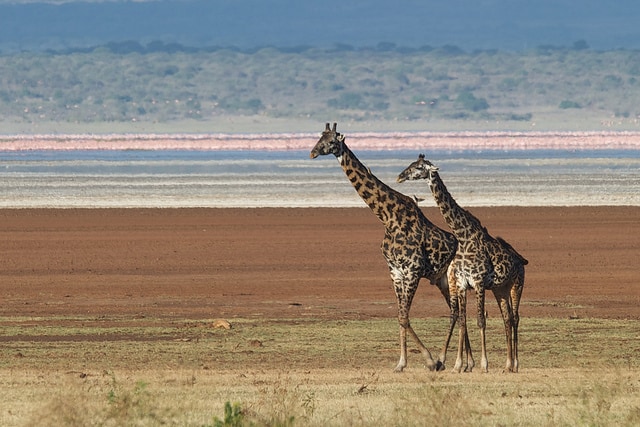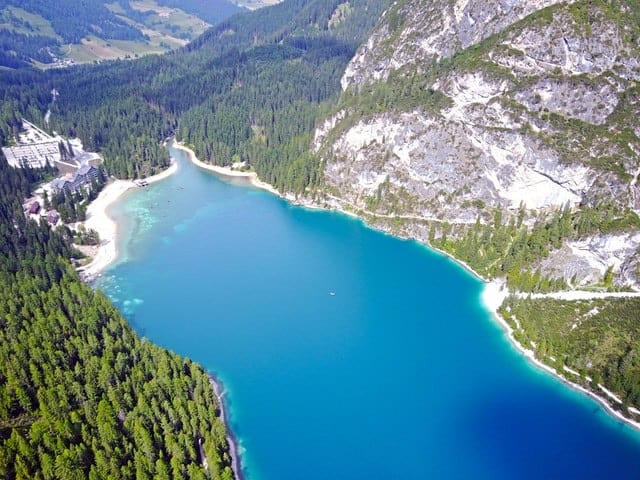The Great Migration features on many people’s bucket list, and it’s little wonder why. Every year around 1.5 million wildebeest, 400,000 zebra and 200,000 gazelle follow the rain on an epic mission, travelling clockwise around Tanzania’s Serengeti National Park and Kenya’s Maasai Mara Game Reserve.
Seeing nature in its purest form, and observing some of Africa’s most intriguing animals in their natural habitat is a truly unforgettable experience, so naturally, you want to get the very most out of your trip.
Like any once-in-a-lifetime getaway, particularly one to Africa, good planning is absolutely essential. There are a plethora of Tanzania Safari packages and options vying to attract your custom so you need to work out how much you can afford to spend and what accommodation suits your needs, before you commit to booking.
From when to travel, to deciphering where to stay, we bring you our top Great Migration tips below:
When to travel
The Great Migration is an endless cycle, which means you can travel to see it all year round. However, the best time to travel depends on what specific element of the migration you want to see the most.
That said, be aware that April and May are notoriously bad times to make the trip, as both Tanzania and Kenya generally experience prolonged and torrential weather during these months.
December – April
This is the best period to see wildebeest calf in the grasslands of the Serengeti, with around 300,000 born each year. The short grass in the park at this time of year helps to keep the young herd safe from predators.
April – June
The wildebeest begin a northward journey via the Grumeti Private Reserve to Kenya where rain is on it’s way, leaving behind the Serengeti which is slowly drying out by this point.
July – October
This is the peak river crossing period, as the herd head over the Tanzanian border into Kenya’s Maasai Mara National Park via the Mara River. In order to complete the journey, they must evade Crocodiles and Lions who lie in wait.
October – December
The herd begin to travel back south in a clockwise direction to catch the rain in Tanzania.

Where to stay
A mobile camp is the most practical accommodation, as it eliminates the risk of being caught out by the unpredictable nature of the migration.
Mobile camps also have a more authentic, outdoorsy feel to them, stripped of all mod cons and you’re almost guaranteed the best seat in the house when it comes to witnessing the migration.
However, there are a number of other accommodation options to suit all tastes and budgets, such as luxury lodges, so again search around before you book.
River crossing
National Geographic documentaries have popularised river crossings to such an extent that they are now the most sought after sight for tourists.
This passage sees thousands of wildebeest attempt to cross the Mara River from Kenya into Tanzania. However, scores of crocodiles lurk in the waters. With that in mind, this part of the trip is not for the faint-hearted!
August to October is the best time to witness this incredible sight, however, herds will often gather on the bank of the river and remain there for several days before attempting to cross.
Kenya or Tanzania?
Both of these beautiful nations have their pros and cons when it comes to seeing the Great Migration.
Kenya provides tourists with an optimised chance of seeing the river crossing, as it is more accessible than Tanzania- and you can fly to the Maasai Mara National Park direct from Nairobi.
By contrast, Tanzania is generally quieter with fewer tourists, meaning that if you get to see a river crossing here, it will be a more personal experience. Wildebeest also spend a lot more time in Tanzania than they do in Kenya, meaning you’ll have a better chance to spot them there.



